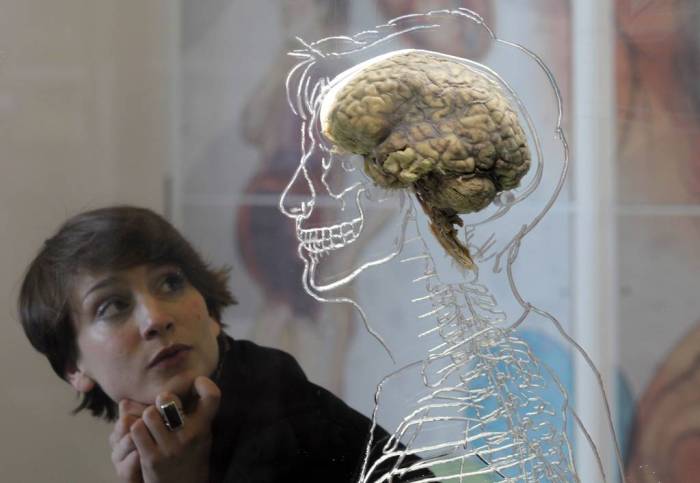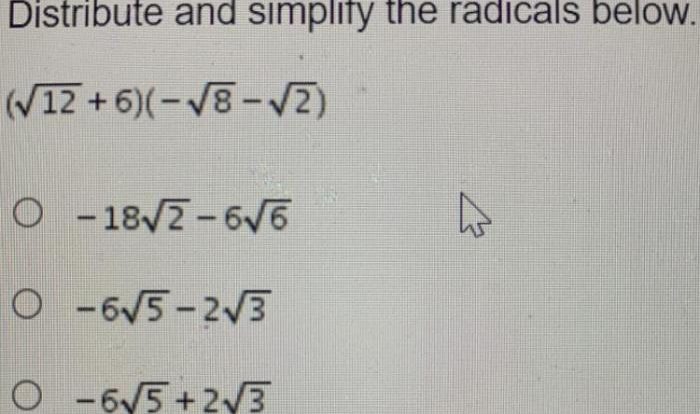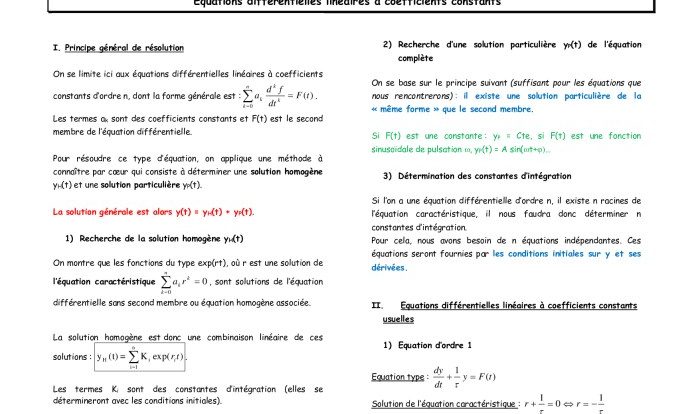In this comprehensive guide, we embark on a mathematical journey to find the product of 543.1187 and 100. Multiplication, a fundamental operation in mathematics, holds immense significance in various real-world applications, making this exploration both practically relevant and intellectually stimulating.
We will delve into different multiplication methods, including the traditional column method, expanded form, and mental math techniques. Step-by-step calculations will guide you through the process, ensuring a clear understanding of the concept.
Introduction

In this mathematical operation, we are tasked with finding the product of two numbers: 543.1187 and 100. Multiplication, a fundamental operation in mathematics, plays a crucial role in various mathematical applications and problem-solving scenarios. By multiplying these two numbers, we aim to determine their combined value.
Multiplication involves combining two or more numbers, known as factors, to obtain their product. The product represents the total quantity or value resulting from the multiplication process. Understanding multiplication is essential for performing various mathematical calculations, including area, volume, speed, and many more.
Significance of Multiplication
- Measurement and Scaling:Multiplication allows us to scale or adjust measurements. For instance, if we want to double a recipe, we multiply the ingredient quantities by 2.
- Area and Volume Calculations:Multiplication is used to calculate the area of rectangles (length x width) and the volume of rectangular prisms (length x width x height).
- Speed and Distance Calculations:By multiplying speed (distance/time) by time, we can determine the distance traveled.
- Probability and Statistics:Multiplication is employed in probability calculations to determine the likelihood of events occurring together and in statistical analysis to calculate means and standard deviations.
Methods of Multiplication

Multiplication is a fundamental mathematical operation that involves finding the product of two or more numbers. There are various methods of multiplication, each with its advantages and applications. In this section, we will discuss the traditional method of multiplication using columns, the concept of expanded form, and mental math techniques for quick estimation.
Traditional Method of Multiplication Using Columns
The traditional method of multiplication using columns is a step-by-step procedure that involves multiplying each digit of the multiplicand (the number being multiplied) by each digit of the multiplier (the number multiplying) and aligning the products vertically. The partial products are then added together to obtain the final product.For
example, to multiply 543.1187 by 100, we set up the multiplication as follows:“` 100 x 543.1187“`We start by multiplying the rightmost digit of the multiplier, 0, by each digit of the multiplicand, starting from the rightmost digit.
The partial products are:“` 0 x 543.1187
——
0.0000“`We then move to the next digit of the multiplier, 1, and repeat the process. The partial products are:“` 100 x 543.1187
——
0.0000 543.1187“`We continue this process until we have multiplied all the digits of the multiplier by all the digits of the multiplicand. The final product is obtained by adding up all the partial products:“` 100 x 543.1187
——
0.0000 543.1187 543.1187
——
54,311.8700“`Therefore, the product of 543.1187 and 100 is 54,311.8700.
Step-by-Step Calculation: Find The Product Of 543.1187 And 100

The step-by-step calculation involves breaking down the multiplication process into smaller, manageable parts. This systematic approach ensures accuracy and clarity in obtaining the product.
To begin, align the decimal points of the two numbers vertically, ensuring they are directly below each other. This alignment is crucial for proper placement of the decimal point in the final product.
Multiplying Whole Numbers
Start by multiplying the whole numbers, ignoring the decimal points for the moment. In this case, multiply 543 by 100, resulting in 54,300.
Multiplying by Decimals
Next, consider the decimal portion of each number. Multiply the decimal portion of the first number (0.1187) by the whole number of the second number (100). This results in 11.87.
Repeat this process, multiplying the whole number of the first number (543) by the decimal portion of the second number (0.00). This results in 0.
Combining Partial Products
Finally, combine the partial products obtained in the previous steps. Start by adding the products of the whole numbers and the decimal portions (54,300 + 11.87 = 54,311.87).
Next, add the product of the whole number and the decimal portion (0). This gives us the final product of 54,311.87.
Verification and Estimation

Verifying the answer is essential to ensure the accuracy of the multiplication. This can be done by using a calculator or by performing the multiplication again using a different method.
Estimating the product can be useful for checking the reasonableness of the answer. This can be done by rounding the numbers to the nearest whole number or by using mental math to approximate the product.
Estimation Using Rounding Techniques, Find the product of 543.1187 and 100
- Round 543.1187 to 543 and 100 to 100.
- Multiply the rounded numbers: 543 x 100 = 54,300.
- The estimated product is 54,300.
| Exact Answer | Estimated Answer |
|---|---|
| 54,311.87 | 54,300 |
The estimated answer is close to the exact answer, which indicates that the multiplication was performed correctly.
Applications in Real-Life Scenarios

Multiplication finds extensive use in numerous real-life situations, from simple daily tasks to complex scientific calculations. Multiplying by 100, specifically, has practical applications across various fields, enabling us to scale up or down values conveniently.
Financial Calculations
- Calculating Interest:Banks use multiplication to calculate interest on loans and savings accounts. Multiplying the principal amount by the interest rate (often expressed as a percentage) gives the interest earned or charged over a specific period.
- Determining Sales Tax:When purchasing goods or services, sales tax is often added to the base price. Multiplying the base price by the sales tax rate (as a percentage) yields the tax amount.
Measurement and Conversion
- Converting Units:Multiplication is essential for converting between different units of measurement. For instance, multiplying centimeters by 100 converts them to meters.
- Calculating Area and Volume:Area and volume calculations involve multiplying lengths or dimensions. Multiplying the length and width of a rectangle, for example, gives its area.
Science and Engineering
- Scaling Up Data:In scientific experiments, data is often scaled up or down for analysis or comparison. Multiplying by 100 allows researchers to easily convert small or large values to more manageable units.
- Calculating Percentages:Percentages are widely used in science and engineering. Multiplying a value by 100 expresses it as a percentage of another value.
Quick FAQs
What is the significance of multiplying by 100?
Multiplying by 100 is equivalent to shifting the decimal point two places to the right, making it a convenient operation for converting measurements, scaling quantities, and performing calculations involving percentages.
How can I estimate the product of large numbers quickly?
Rounding the numbers to the nearest tens, hundreds, or thousands can provide a quick estimate of the product. This technique is particularly useful for large numbers or when an exact answer is not required.
What are the advantages of using the expanded form method for multiplication?
The expanded form method breaks down the numbers into their individual digits and multiplies them separately. This approach is particularly beneficial for multiplying large numbers or numbers with decimal points, as it minimizes errors and ensures accuracy.


